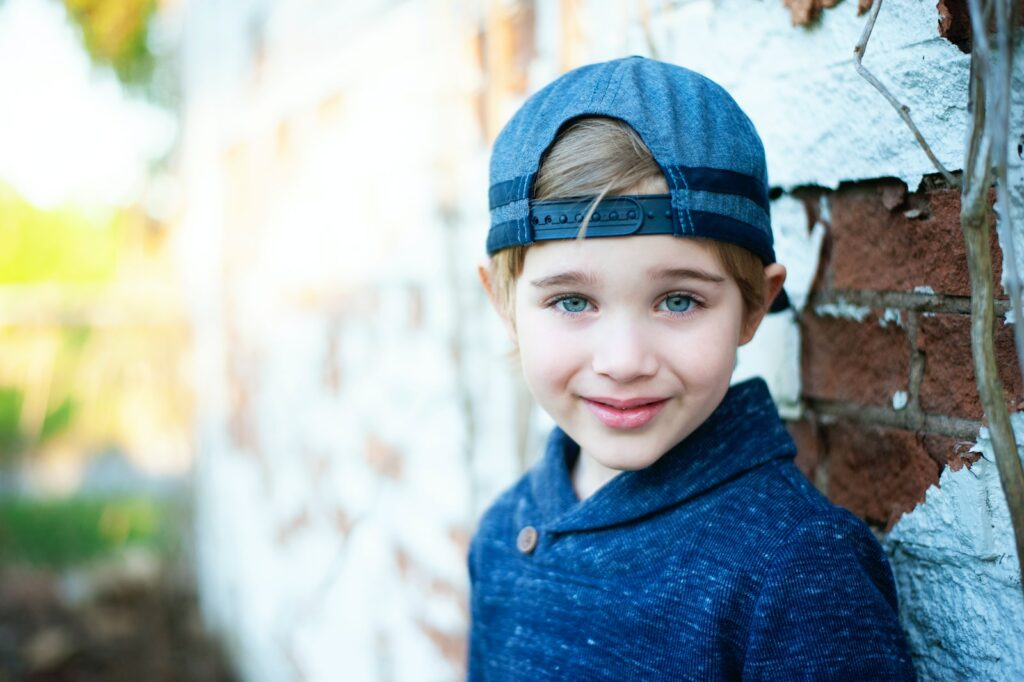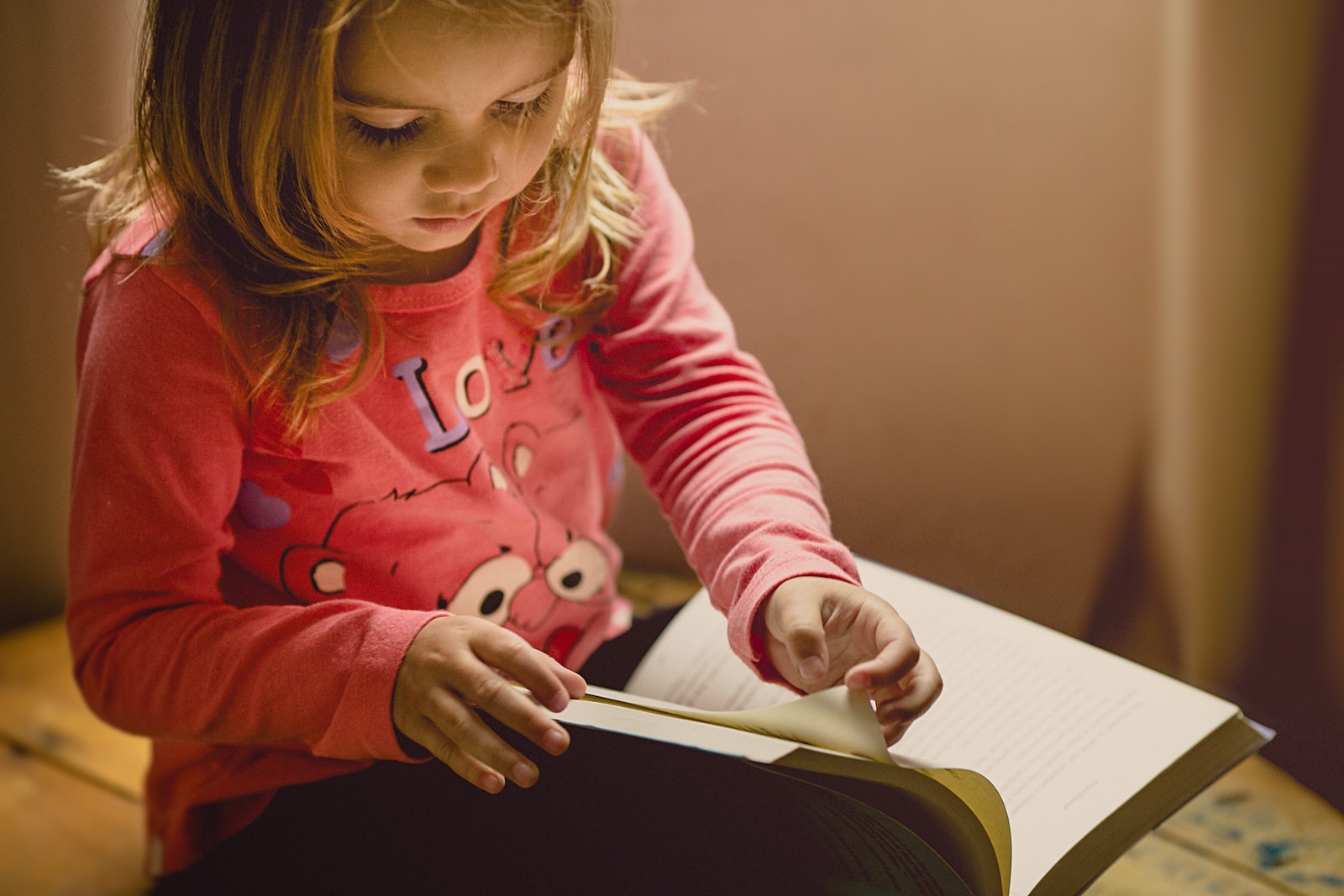Welcome to “Child’s Play: A Guide To Memorable Child Photography”! Are you ready to embark on a journey to capture the charm and whimsy of childhood through your lens? In this blog, we will explore various tips and techniques to help you create stunning portraits of children. Whether you’re a seasoned photographer or just starting out, this guide will provide you with the knowledge and inspiration to capture those precious moments that will last a lifetime. Let’s dive in and discover the magical world of child photography!
Table of Contents
- A Guide To Memorable Child Photography
- Camera Options for Capturing Childhood Charms
- Capturing the Essence: Timing is Everything
- Frequently Asked Questions
- 1. What camera settings should I use for child photography?
- 2. How do I make my child comfortable during a photography session?
- 3. What are some creative posing ideas for child portraits?
- 4. How can I utilize natural light for child photography?
- 5. What tips do you have for editing child portraits?
- 6. How can I create a storytelling series with child photography?
- Wrap Up
A Guide To Memorable Child Photography
Childhood is a magical time filled with innocence, wonder, and boundless energy. Capturing these precious moments through photography allows us to freeze the beauty and charm of children in their natural element. In this guide, we will explore the art of child photography and share tips and techniques that will help you create stunning and memorable images.
Unleashing the Inner Child
Children are naturally playful and curious, making them the perfect subjects for photography. To capture their true essence, it’s essential to allow them to be themselves. Encourage them to engage in activities they enjoy, whether it’s playing with toys, dancing, or exploring nature. These genuine moments will bring out the joy and spontaneity that make child photography so special.
When photographing active children, utilize fast shutter speeds to freeze their movements and create dynamic shots. Experiment with different angles and perspectives to capture their energy and enthusiasm. Get down to their eye level to enter their world and capture the world through their eyes.
Embracing Natural Light
Lighting plays a crucial role in photography, and when it comes to child photography, natural light can make a world of difference. Avoid using flash whenever possible, as it can startle or distract young subjects. Instead, take advantage of soft, diffused light during the golden hours of sunrise and sunset. The warm and gentle glow will add a magical touch to your images.
Position your subject near a window or open door to allow natural light to illuminate their face. This will create natural highlights and shadows, resulting in a more dramatic and captivating portrait. Consider using a reflector to bounce light back onto their face and reduce any unwanted shadows.
Outdoor locations provide a plethora of opportunities for captivating child photography. Take them to a park, beach, or a beautiful garden, where they can freely express themselves and interact with their surroundings. Candid shots of children exploring and enjoying nature often yield the most cherished and authentic photographs.
- Experiment with different compositions and framing techniques to add depth and interest to your images.
- Use leading lines, such as paths or fences, to draw the viewer’s attention to your subject.
- Include elements of nature, like flowers or trees, to create a sense of scale and context.
- Focus on the details, like tiny hands holding a flower or mud-covered shoes, to capture the fleeting moments of childhood.
Remember, child photography is all about capturing the magic of childhood. Allow your subjects to shine through their laughter, curiosity, and innocence. As you experiment with different techniques, never forget that the connection and emotions you capture will make your photographs truly unforgettable.
Did you know that the first photograph ever taken of a person was a child? Louis Daguerre captured a blurry but historic image of a busy Parisian street in 1838, and only after developing the photograph did he spot a young boy sitting still, getting his shoes shined.
Camera Options for Capturing Childhood Charms
When it comes to child photography, choosing the right camera is crucial in capturing those precious and fleeting moments. While there is no one-size-fits-all answer, there are several options that can help you capture the whimsy and charm of childhood.
One option to consider is a compact point-and-shoot camera. These cameras are portable, easy to use, and great for capturing candid moments. They often have built-in features such as face detection and smile shutter, which can automatically snap a photo when it detects a smiling face, making it ideal for capturing genuine expressions. Additionally, some compact cameras offer a range of creative filters and effects that can add a touch of magic to your child portraits.
Another option to explore is a mirrorless camera. These cameras offer the flexibility of interchangeable lenses, enabling you to experiment with different focal lengths and perspectives. With their larger sensors compared to compact cameras, mirrorless cameras deliver better image quality, allowing you to capture stunning details and vibrant colors. They also often have faster autofocus systems, which can be advantageous when photographing active children who don’t stay still for long.
If you are looking for the utmost image quality and versatility, a digital single-lens reflex (DSLR) camera might be the right choice for you. DSLRs offer a wide range of lenses and accessories, providing endless possibilities for creativity. With their larger sensors and advanced image processors, DSLRs produce high-resolution images even in challenging lighting conditions. These cameras also typically have faster burst rates, allowing you to capture multiple frames per second, ideal for freezing action-packed moments.
Lens Options for Exceptional Child Portraits
Once you have chosen your camera, it’s time to consider the lenses. The lens you select can greatly impact the look and feel of your child portraits.
A prime lens, such as a 35mm or 50mm, is a popular choice for child photography. These lenses have a fixed focal length, which means they don’t zoom in or out. This limitation encourages photographers to move and interact with their subjects, resulting in more engaging and intimate photos. Prime lenses often have wide apertures, allowing for shallow depth of field and beautiful background blur, which can make your subject stand out.
If you prefer more flexibility, a zoom lens might be a better fit. Zoom lenses allow you to adjust the focal length, giving you the ability to get closer to your subject without physically moving. They are particularly useful when photographing active children who are constantly on the move. Consider a versatile zoom lens, such as a 24-70mm or 70-200mm, which can cover a wide range of focal lengths and scenarios.
Don’t forget to explore other equipment that can enhance your child photography experience, such as a tripod for stable shots, extra batteries for extended shooting sessions, and memory cards with ample storage capacity.
Remember, the best camera and lenses for child photography largely depend on your budget, shooting style, and personal preferences. Each option offers its own advantages, so take the time to discover what works best for you and your vision as a photographer.

Capturing the Essence: Timing is Everything
When it comes to child photography, timing is crucial. Children are full of energy and curiosity, and capturing their natural charm and whimsy requires being in the right place at the right time. While every season has its unique beauty, some months offer more favorable conditions for photographing children.
- In the spring, the world awakens with vibrant colors and new life. Blooming flowers and blossoming trees provide a stunning backdrop for capturing the innocence of childhood. The mild weather allows for outdoor sessions without worrying about excessive heat or cold.
- Summer, with its longer daylight hours, offers ample opportunities for outdoor shoots. The sunnier weather allows for bright and cheery portraits. However, it’s essential to consider shooting during the early morning or late afternoon to avoid harsh midday sun and unflattering shadows. Remember to plan for breaks and have water and snacks available to keep the little ones happy and cooperative.
- Autumn, with its fiery foliage and golden hues, provides a breathtaking setting for child photography. The warm tones and falling leaves create a magical atmosphere. Take advantage of the lower angle of the sun during this season to capture stunning backlighting and create a dreamy atmosphere in your images.
- Winter, despite its chilly temperatures, can also be a picturesque time for photography. Snowflakes and frost offer a unique touch to portraits, creating a sense of wonder and delight. Make sure to dress your little subjects warmly and have frequent breaks indoors to prevent discomfort.
A Photographer’s Point of View: Choosing the Perfect Vantage Point
As a child photographer, the position from which you shoot can greatly enhance the impact of your images. Experimenting with different vantage points adds variety and creativity to your work. Here are a few options to consider:
- Eye-Level Perspective: Getting down to eye level with the child creates an intimate connection between the viewer and the subject. It allows you to capture facial expressions, eye contact, and genuine emotions. This position is especially effective for candid shots.
- Bird’s-Eye View: Alternatively, you can try shooting from above to showcase the child’s playful activities, such as jumping, running, or exploring the natural surroundings. This perspective adds a sense of freedom and adventure to the photographs.
- Wide-Angle Shots: Step back and use a wide-angle lens to incorporate the child’s surroundings, whether it’s a picturesque park, beach, or even an urban landscape. This technique helps to tell a story and give a sense of place to the images.
- Close-ups: Zoom in on the child’s face, hands, or tiny details like dirt on their knees or a toothless smile. Close-ups capture the innocence and unique features of your subject while adding a personal touch to your photographs.
Remember, every child is different, and their personalities shine in diverse settings. Experiment with various vantage points and positions to find your unique style and capture the essence of each child you photograph.
One helpful photography tip when taking pictures of children is to get down to their eye level. This helps to create a connection and capture their world from their perspective. By shooting at their eye level, you can showcase their personality and emotions more effectively in your photos.
Frequently Asked Questions
1. What camera settings should I use for child photography?
When capturing child photography, it’s important to set your camera to a fast shutter speed to freeze their movements. Use a wide aperture (low f-stop number) for a shallow depth of field and to create a beautiful bokeh effect. Adjust your ISO to achieve optimal exposure.
2. How do I make my child comfortable during a photography session?
To make your child feel at ease, choose a familiar location or incorporate their favorite toys or activities into the shoot. Engage with them, play games, or tell stories to capture their natural expressions. Encourage them to be themselves and avoid creating a pressured environment.
3. What are some creative posing ideas for child portraits?
Instead of traditional poses, encourage natural movement and spontaneous moments. Capture them running, playing, or engaged in their favorite hobbies. Candid shots often reflect the genuine essence of childhood and create memorable and unique portraits.
4. How can I utilize natural light for child photography?
Natural light can create stunning results in child photography. Schedule your sessions during the golden hours, which are the first few hours after sunrise or before sunset when the light is soft and warm. Utilize backlighting to create a dreamy effect or shoot near windows for soft, diffused light indoors.
5. What tips do you have for editing child portraits?
When editing child portraits, aim for a clean and natural look. Enhance colors and contrast, remove distractions, and adjust exposure if necessary. Be mindful of not over-editing and maintain the authenticity of the moment captured. Experiment with different styles to find your preferred editing approach.
6. How can I create a storytelling series with child photography?
To create a storytelling series, plan a theme or concept that represents the child’s personality or interests. Capture images that convey a sequence or progression of events. Use various angles, perspectives, and close-ups to capture details and emotions. Arrange the images in a series to tell a compelling story.
Wrap Up
In conclusion, capturing the charm and whimsy of childhood in photos is a delightful experience. By following these tips and tricks, you’ll be well on your way to creating memorable child portraits with your camera. Remember to set the stage, establish a connection, and let the child’s natural personality shine through. Experiment with different angles, perspectives, and settings to add depth and interest to your photographs. And don’t forget, the key is to have fun and enjoy the process!
We hope this guide has inspired you to embark on your child photography journey. Whether you’re a parent, grandparent, or simply a photography enthusiast, we would love to hear about your experiences and see the incredible photos you capture. Leave a comment below and share your thoughts and tips with our community. Happy shooting!

